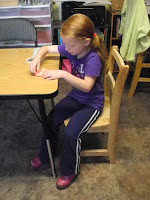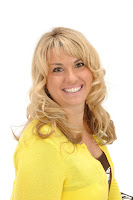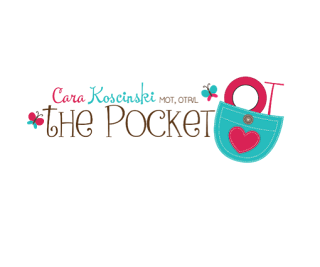Thoughts and Highlights from Assistive Technology Conference of New England 2015
Define "Reading"
I heard this in the last session I attended with Gaby Richard-Harrington who is an Instructional Technology Specialist in Western Massachusetts, and it stuck and resonated with me. I remember at the beginning of the school year when my second grader brought home his weekly reading log, and I wondered to myself, well, does this count the Audio Books we read/listen to in the car? And I should have asked for clarification, but I didn't. But now I wonder, WHY should I ask?
Not being a reading specialist or a teacher, the WHY becomes evident. You need to define READING. Is the purpose for oral fluency? Is it for the progression and speed of the left to right, bottom to top nature? Is it to develop a love of listening to stories? Is it for the social emotional aspect of reading with a parent or peer? Is it for the comprehension of materials?
Reading to me is not just the act of eyes and brain working together fluidly to decode and sound out characters. I love reading. I love stories. I love learning. But for someone who struggles with any of the above aspects, I doubt they LOVE it. In fact, you ask a struggling reader and they probably say they HATE it. And that is a strong word.
So when assigning reading tasks, I challenge parents and educators to define clearly what is it that you are actually asking the student to do. It is then I think that you can see what kinds of tools are out there to help them become engaged "readers".
But first, just observe your reader(s). Does the student/child rub his eyes a lot, squint, or get headaches? Any of these should be red flagged and referred to an optometrist. Can the child/student use his eyes together to scan across a page without jumping? Do they have difficulty switching from the board to the book? If acuity has been addressed, then maybe a referral to an Occupational Therapist or Development Ophthalmologist might be in order. Is the student frequently reversing letters, missing letters or words, or just doesn't seem to be getting the whole picture? Maybe screening for a learning disability may be in order with a Neuropsychologist.
And in the mean TIME of all of this, how is the child accessing his reading material??? Because, we know this ALL TAKES TIME! So look at what you have available in the classroom, the district and the local library. Perhaps providing the student/child with the audio version of the novel you are reading in class would be an easy option. Do you have access to the digital format? Using the built in options on the MAC or PC to use the text to speech options may help. Does your district already have a site license for products like Read and Write Gold or Read and Write for Google?
I know this seems like a rant, but it is more of a challenge. I challenge teachers, parents, and therapists to really LOOK at the student (or yourself even) and DEFINE READING. It is only then you can begin to analyze how to really support the reader.



















